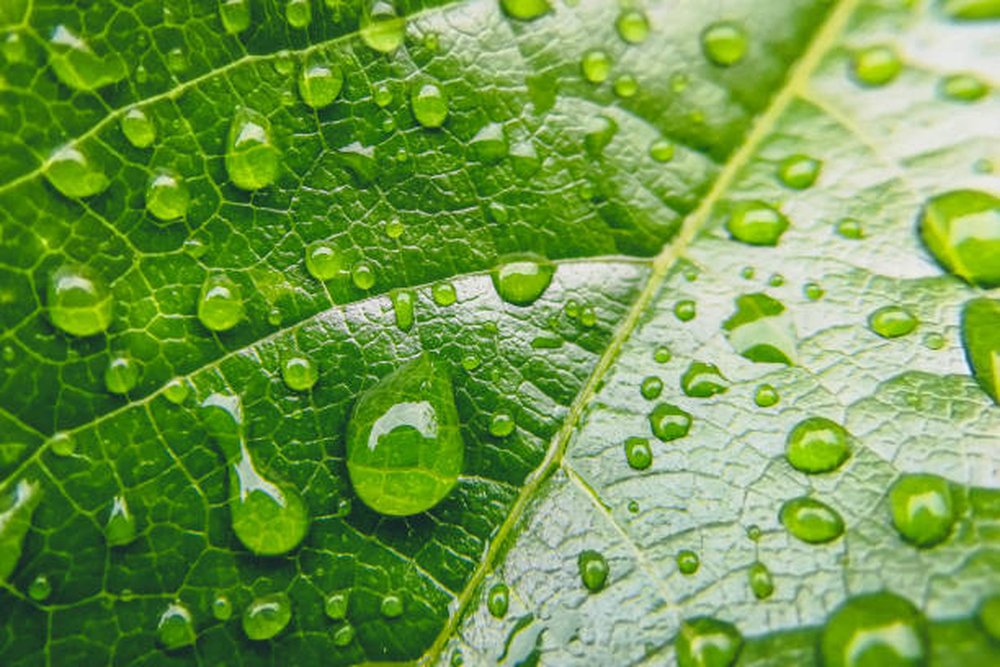
New York, December 25 (ONA) – A pioneering study published in Physical Review Fluids has unveiled the intricate mechanisms by which tree leaves absorb the force of falling raindrops. This breakthrough offers valuable insights into plant resilience and opens avenues for innovative applications in agriculture and renewable energy.
Led by Professor Sunghwan Jung at Cornell University, the research employed high-speed imaging to investigate how water droplets interact with a plastic beam designed to mimic the structure of tree leaves.
The study demonstrated that the opposing motions of leaves and water droplets effectively reduce vibrations, safeguarding plants from potential damage caused by heavy rainfall.
Crystal Fowler, a doctoral candidate and lead author of the study, highlighted that when the natural frequencies of the leaves and droplets align, vibrations dissipate more quickly, enhancing plants’ ability to withstand environmental stressors. Fowler, who is also a member of the Navajo Nation, noted that this damping effect plays a critical role in plant longevity and evolution.
Beyond its implications for understanding plant mechanics, the research presents exciting possibilities for technological innovation. Professor Jung proposed that piezoelectric materials could be designed to mimic the function of leaves, harnessing rain-induced vibrations to generate sustainable energy.
Fowler emphasized the study’s potential to inspire nature-driven advancements in engineering and technology. This research not only deepens the understanding of plant resilience but also paves the way for groundbreaking developments in sustainable energy and bio-inspired design.
For all the latest news from Oman and GCC, follow us on Instagram, like us on Facebook & subscribe to our YouTube Channel, which is updated daily.





